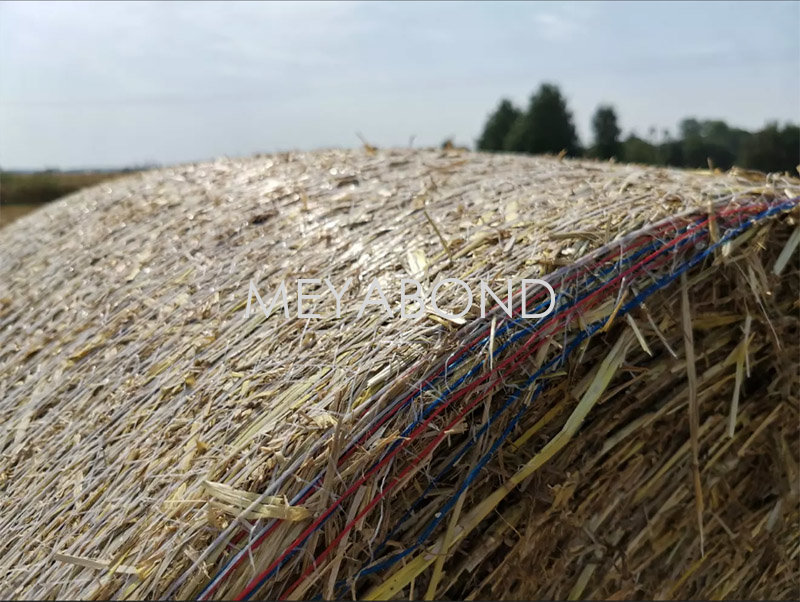How Gravel Bags Enhance Soil Stability in Agricultural Settings
Soil stability is a critical factor in agricultural productivity. In today's farming landscape, where soil erosion and degradation can lead to diminished yields, innovative solutions are more important than ever. One such solution gaining traction among farmers is the use of gravel bags. These versatile tools not only enhance soil stability but also contribute to better drainage and improved crop health. This article delves into the myriad ways gravel bags can impact agricultural settings, offering insights into their benefits, applications, and best practices.
The Importance of Soil Stability in Agriculture
Soil stability refers to the ability of soil to retain its structure under various environmental conditions. Stable soil is essential for several reasons:
1. Crop Growth and Health
A stable soil structure promotes healthy root development, allowing crops to access nutrients and water more efficiently. Without stability, soil can erode or compact, suffocating roots and leading to poor plant growth.
2. Erosion Control
Soil erosion is a significant threat to agricultural lands. When soil is unstable, it can easily wash away during heavy rains or gusty winds, leading to loss of arable land and fertility.
3. Water Management
Effective water management relies on stable soil to facilitate proper drainage. Unstable soil can lead to waterlogging or poor drainage, both of which can adversely affect crop production.
What Are Gravel Bags?
Gravel bags are flexible, permeable containers filled with gravel or small stones. They are designed to be placed strategically within agricultural fields to enhance soil stability and water management. These bags come in various sizes and can be easily transported and installed, making them an ideal solution for many farming scenarios.
Key Features of Gravel Bags
- Durability: Gravel bags are made from strong, weather-resistant materials that can withstand the rigors of agricultural environments.
- Permeability: Their design allows water to flow through while retaining the gravel, ensuring good drainage without compromising soil structure.
- Adaptability: Gravel bags can be used in various agricultural settings, from fields and gardens to commercial operations.
How Gravel Bags Enhance Soil Stability
The use of gravel bags in agricultural settings can significantly improve soil stability. Here are several ways they achieve this:
1. Erosion Prevention
Gravel bags act as barriers that help reduce soil erosion caused by wind and water. By creating a physical barrier, they help retain soil in place, preventing the loss of topsoil, which is vital for crop growth.
2. Improved Drainage
When placed strategically, gravel bags facilitate better drainage by allowing excess water to flow through. This prevents waterlogging, which can lead to root rot and other issues detrimental to crop health.
3. Soil Structure Enhancement
The addition of gravel bags can improve the overall structure of the soil. They help to create voids in the soil that can hold water, promoting aeration and preventing compaction, which is crucial for root health.
Practical Applications of Gravel Bags in Farming
The versatility of gravel bags allows for various applications in agricultural settings:
1. Field Boundaries
Farmers can use gravel bags to create boundaries around fields, effectively managing runoff and preventing soil erosion from adjacent areas.
2. Water Runoff Management
By placing gravel bags along paths or ditches, farmers can control water runoff, ensuring that crops receive adequate moisture without the risk of waterlogging.
3. Raised Beds and Contour Farming
In contour farming, gravel bags can be used to create raised beds or terraces, helping to manage slopes and promote better water retention and soil stability.
Installation Tips for Gravel Bags
To maximize the benefits of gravel bags, proper installation is essential. Here are some tips:
1. Assess Your Soil
Before installing gravel bags, assess the soil condition and determine where stability is most needed. Look for areas prone to erosion or waterlogging.
2. Proper Placement
Position gravel bags at strategic intervals to create a network that directs water flow and prevents erosion. Ensure they are packed tightly and level for optimal effectiveness.
3. Regular Maintenance
Check the condition of gravel bags periodically. Over time, bags may degrade or become displaced, requiring adjustment or replacement to maintain their effectiveness.
Challenges and Considerations
While gravel bags offer numerous benefits, they are not without challenges. Here are factors to consider when utilizing gravel bags in agricultural settings:
1. Initial Costs
The initial investment in gravel bags can be a consideration for farmers. However, the long-term benefits often outweigh the upfront costs, especially when considering soil conservation and improved yields.
2. Environmental Impact
Ensure that the materials used for gravel bags are environmentally friendly and do not introduce harmful substances into the soil.
Gravel bags offer a practical and effective solution for enhancing soil stability in agricultural settings. Their ability to prevent erosion, improve drainage, and support healthy crop growth makes them an invaluable tool for modern farmers. By understanding their benefits, applications, and maintenance practices, farmers can leverage gravel bags to create sustainable, productive agricultural environments. As the demand for efficient farming practices continues to rise, the integration of innovative solutions like gravel bags will undoubtedly play a crucial role in ensuring the long-term viability of agricultural landscapes.
Key words:
Related News
04-30
CONTACT US
Email: sales8@meyabond.com
Tel: +8618911966213
No.3 Yard, ZhongHe Road, 100071,FengTai District, Beijing, China
Email: sales8@meyabond.com
Tel: +8618911966213
No.3 Yard, ZhongHe Road, 100071,FengTai District, Beijing, China
















